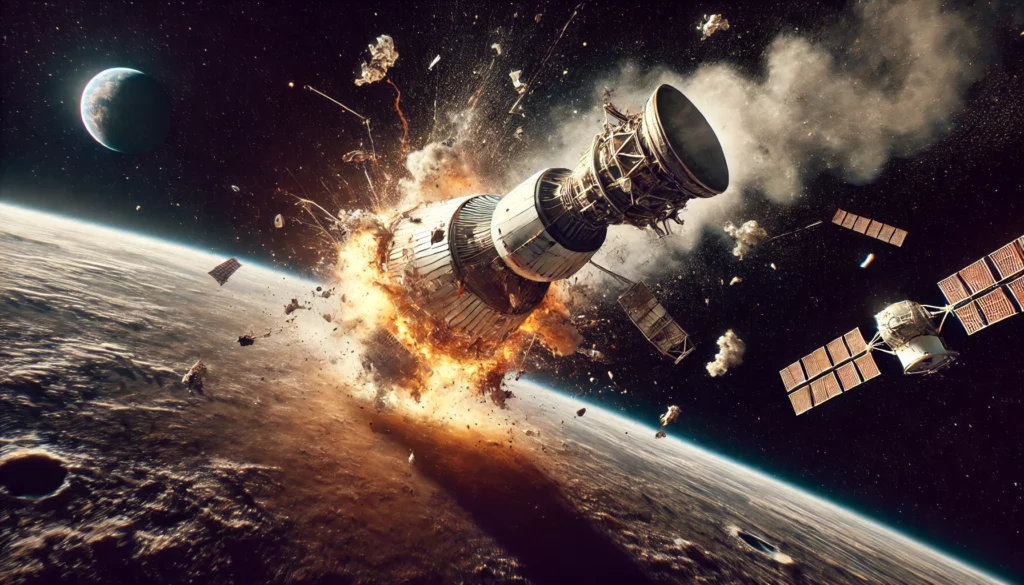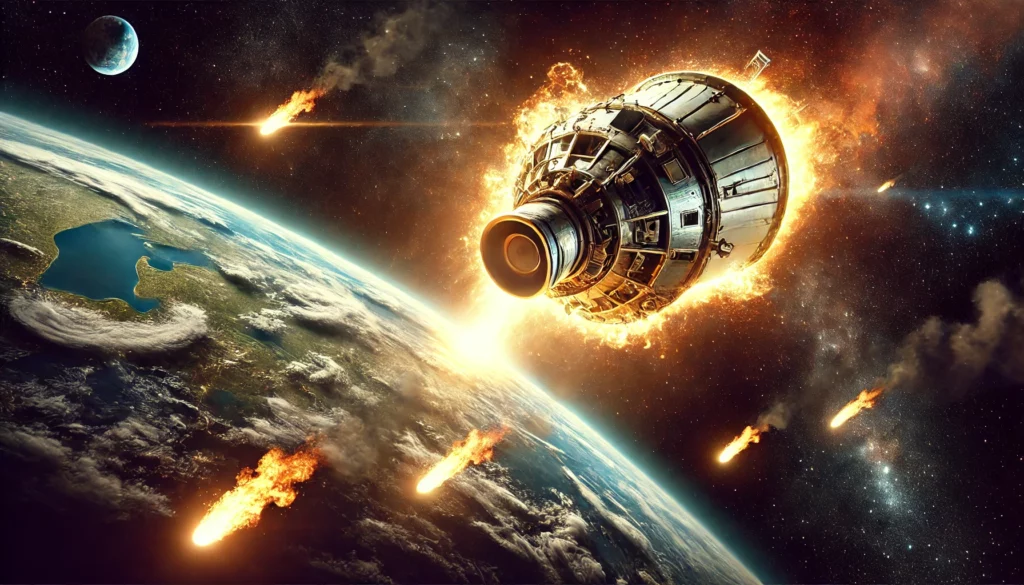The Apollo 13 mission, often referred to as NASA’s “successful failure,” stands as a remarkable testament to human ingenuity, teamwork, and the unyielding will to overcome seemingly insurmountable odds. In 1970, what was intended to be the third manned mission to the moon quickly turned into a life-or-death struggle for survival, capturing the attention and hearts of people worldwide.
The Mission Begins
On April 11, 1970, Apollo 13 launched from Kennedy Space Center, Florida, with astronauts Jim Lovell, Jack Swigert, and Fred Haise on board. The mission’s objective was to land on the moon’s Fra Mauro region and conduct scientific experiments. Spirits were high as the Saturn V rocket propelled the crew toward their lunar destination.
Disaster Strikes

Two days into the mission, on April 13, an oxygen tank in the service module exploded, causing a crippling loss of power and oxygen. Jack Swigert’s now-famous words, “Houston, we’ve had a problem,” signaled the beginning of a crisis that would test the limits of human problem-solving and resilience.
The Immediate Response
The explosion left Apollo 13 crippled and venting oxygen into space. With the command module severely damaged, the lunar module Aquarius became a lifeboat for the astronauts. The crew, along with NASA’s ground control team, had to quickly devise a plan to conserve resources and ensure their safe return to Earth.
Ingenious Solutions
One of the mission’s most remarkable aspects was the series of ingenious solutions devised by both the astronauts and ground control. The crew had to shut down nearly all the command module systems to conserve power for re-entry, relying on the lunar module’s limited resources. Engineers on the ground worked tirelessly to develop procedures for restarting the command module and providing enough power to sustain the astronauts until re-entry.
A critical moment came when the crew needed to remove carbon dioxide from the cabin. The command module’s lithium hydroxide canisters were incompatible with the lunar module’s system. In a feat of improvisation, the astronauts used materials on board—plastic bags, cardboard, and duct tape—to construct a makeshift adapter, a solution famously dubbed the “mailbox.”
The Return to Earth

Navigating back to Earth required precise calculations and manual course corrections. The astronauts had to execute a critical engine burn using the lunar module’s descent engine, a maneuver never intended for this purpose. With limited power and resources, every decision had to be meticulously planned and executed.
As they approached re-entry, the crew faced the final challenge of reactivating the command module. With power carefully rationed and systems brought online one by one, the command module Odyssey was prepared for the harrowing journey through Earth’s atmosphere.
The Triumphant Splashdown
On April 17, 1970, after four nerve-wracking days of uncertainty, Apollo 13 safely splashed down in the South Pacific Ocean. The world breathed a collective sigh of relief as the astronauts were recovered by the USS Iwo Jima, all three men safe and in good health.
Conclusion
The Apollo 13 mission remains a shining example of human resilience, ingenuity, and the power of teamwork. Despite facing a catastrophic failure, the combined efforts of the astronauts and NASA’s ground control turned potential tragedy into a story of triumph. The mission’s legacy continues to inspire, reminding us that even in the darkest moments, human creativity and perseverance can overcome the greatest challenges.